Your manuscript is done. It has been through the rewrite and revision, beta reading, and editing processes. You can see the finish line, and you are so ready to feel the sense of accomplishment that comes with crossing over that invisible line. Then, your dreams come to screeching halt! Your publisher asks you to submit your author bio. For a moment, you consider tossing the whole idea of becoming an author out the window because of one paragraph. I get it—the idea of having to write about yourself and your accomplishments seems hard. Instead, let’s look at author bios as a formula. Specific information needs to be present in your author bio depending on, not only the type of book you’ve written but also what is important information to your target audience.
Take Stock
Take 15 to 20 minutes with a blank piece of paper and a pen. If you have written a nonfiction book, write down any credentials you might have, work-related or life experiences that serve as evidence to your credibility and showcase you as an authority on the subject in your book. Use this sheet of paper to boast about personal success stories and why people should read what you have to say. The most important purpose of an author bio for a nonfiction book is to begin building trust between yourself and future readers.
If you wrote a fiction novel, you don’t need to include credentials or education unless you wrote a psychological thriller and have a Ph.D. in psychology or received a Master of Fine Arts in Creative Writing. Instead, use this brain dump time to play around with the tone you want to present yourself in. With fiction, it is more important to match the tone of your author bio to that of your book. The whole purpose of an author bio for a fiction novel is to find a way to connect with potential readers.
Bring It Together
Now that you have some specific examples of how great you are, we’re going to use a formula to shape it.
Start with your byline. This might be the easiest sentence you will ever write. You only include your name, credentials (if publishing nonfiction), that you authored a new book and the title of it.
Use third person. After your introduction in the byline, use third person pronouns—he, she, his, hers—to refer to yourself.
Keep it short. Your author bio should be between 75 to 150 words. Aim to be impactful without being wordy.
Build credibility/Be engaging. This is where you’ll pull out that piece of paper you filled up earlier. Nonfiction writers, refer back to your list to find information that boosts your credibility while also being something that will interest potential readers. Fiction writers, maybe you include why you loved writing about your strong female protagonist or that inspiration for the setting of your book is based on your hometown.
Add a personal touch. Maybe you are a New York-based Wall Street businessman who lives with his wife in a condo that overlooks Central Park, or you are a southern belle from the Mississippi Delta who catches fish with her bare hands. Either way, add something personal about your life that sparks interest.
Call to action. Give potential readers a place to connect with you. If you have an author website—which I highly recommend—or social media accounts, add this information to the end of your author bio to encourage further engagement with you.
Have you written an author bio before? If so, how did you tackle it and what would you do differently in the future? Comment below with your response!
Discover more from Mill City Press
Subscribe to get the latest posts sent to your email.




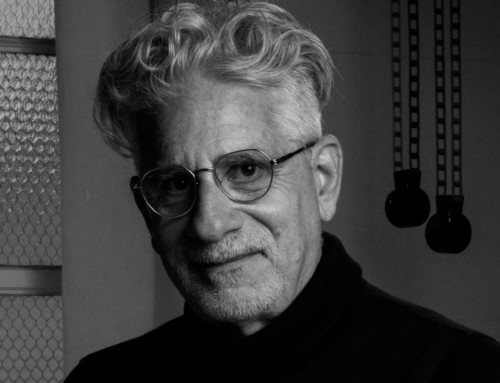

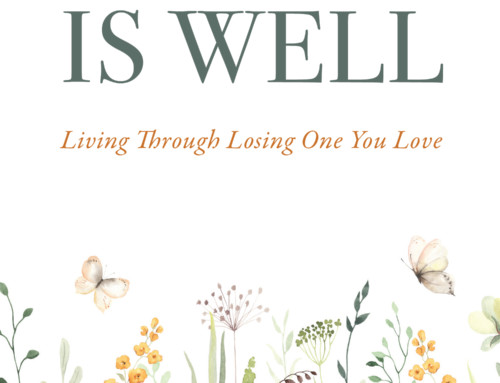

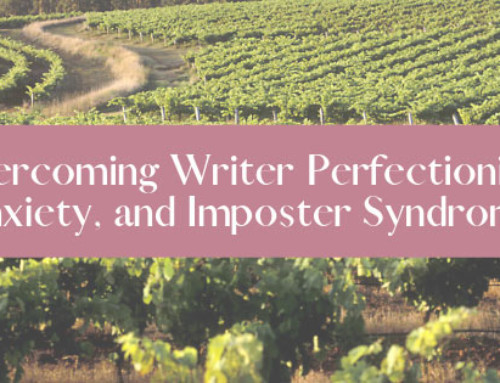
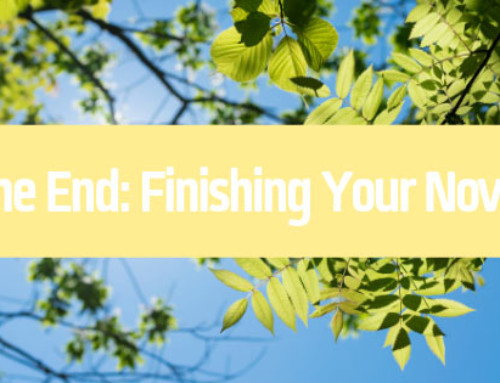
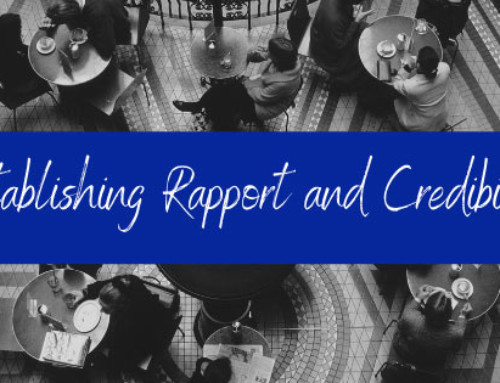


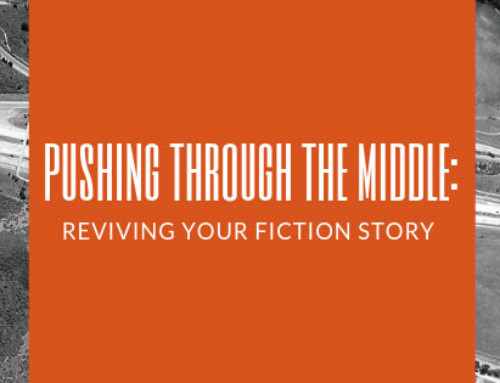
Leave A Comment